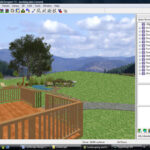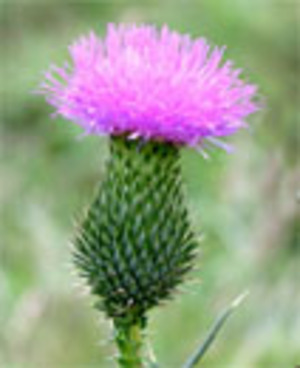When you are going to use mulch in the garden to supplement the landscaping, it is important to know the relative value of those mulches and whether they are short-term, persistent, or inorganic. Short-term mulches will break down after a season and may not even last the full growing season. Persistent mulches will last a bit longer than a growing season. Inorganic mulches are the longest lasting of the group. I prefer using a mix of either short term or persistent mulch underneath inorganic mulch, that way I still have biodegradable mulch and a decorative one. Of the mulches listed here, only you can choose which one is better for your gardening needs. Some will want attractive mulch over wind resistance, while others living in a wind or fire zone will want ones rated better in those areas. These are only listed for examples, there are many more.
Short-Term Mulches
- Compost – Compost has a good attractiveness and resistance to compaction, it is rated excellent in wind resistance. It is not a fire hazard.
- Hay – Hay has a fair attractiveness and a good resistance to compaction, it is rated good in wind resistance. It can be a fire hazard.
- Peat Moss – Peat Moss has an excellent attractiveness and good resistance to compaction, it is rated poor in wind resistance. It is not a fire hazard.
- Rice Hulls – Rice Hulls have a fair attractiveness and a good resistance to compaction, it is rated poor in wind resistance. It is not a fire hazard.
- Leaves – Leaves have a good attractiveness and an unsatisfactory resistance to compaction, it is rated poor in wind resistance. It is a fire hazard.
Persistent Mulches
- Corn Cobs – Corn Cobs have a poor attractiveness and a good resistance to compaction, it is rated good on wind resistance. It is not a fire hazard.
- Bark Chunks – Bark Chunks have an excellent attractiveness, resistance to compaction, and wind resistance. It is not a fire hazard.
- Wood Chips – Wood Chips have a good attractiveness and resistance to compaction, it is rated excellent in wind resistance. It is not a fire hazard.
- Pecan Hulls – Pecan Hulls have an excellent attractiveness and resistance to compaction, it is rated good in wind resistance. It is not a fire hazard.
- Pine Needles – Pine Needles have a good attractiveness and an excellent resistance to compaction, it is rated good in wind resistance. It is a fire hazard.
Inorganic Mulches
- Crushed Rock – Crushed Rock has an good attractiveness and an excellent resistance to compaction, it is rated excellent in wind resistance. It is not a fire hazard.
- Gravel – Gravel has a good attractiveness and an excellent resistance to compaction, it is rated excellent in wind resistance. It is not a fire hazard.
- Volcanic Rock – Volcanic Rock has a good attractiveness and an excellent resistance to compaction, it is rated excellent in wind resistance. It is not a fire hazard.
- Perlite – Perlite has a good attractiveness and resistance to compaction, it is rated poor in wind resistance. It is not a fire hazard.
- Vermiculite – Vermiculite has a fair attractiveness and resistance to compaction, it is rated poor in wind resistance. It is not a fire hazard.
Source:
University of Missouri Extension: Mulches
Related Content:
2012 USDA Hardiness Zone Map
Soil, Mulch, and Compost Guide
Free Horticulture and Gardening Courses from Utah State University




